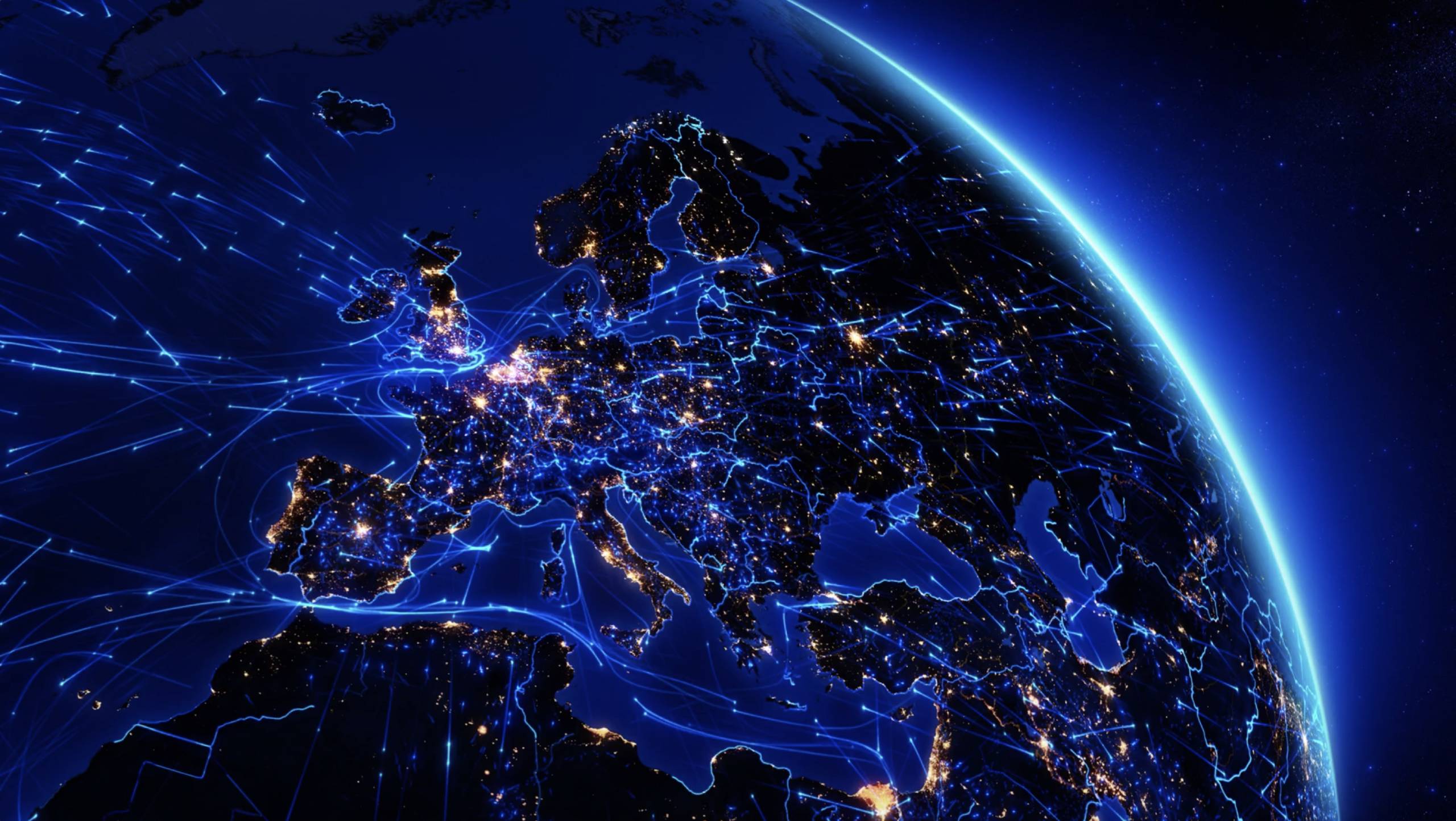
Social media is taking over our lives. In this day and age we go online for everything from news, shopping and travel to everyday conversation, and most of the websites we visit encourage interaction through platforms like Twitter, Facebook and YouTube. 10 years ago “Going Viral” sounded pretty shady – today it is something most marketing teams strive for. The reach of social networks is global, and the growth is staggering.
62-68% of UK & US citizens with internet access have use Facebook. This is surprisingly low compared to countries such as Indonesia (93%), Chile (96%) and Congo (98%)
The average smartphone user checks Facebook 14 times every day (over 20% of the world’s population are estimated to have a smartphone)
Over 500 million tweets are posted each day, by over 200 million active monthly users
100 hours of video footage are uploaded to YouTube every minute
Following the shocking events in Nairobi last month, I was struck by how densely the event was documented as it happened via social media. Twitter especially was buzzing with a stream of opinions, updates and even pictures, broadcast to the world from the scene as the attack unraveled. Even Al-Shabaab used Twitter to claim responsibility. Sitting on a train in London, it could have been easy to feel distant from the tragedy happening on the other side of the world, but the stream of information and images brought the reality of what was happening much closer to home, and with striking intimacy.
This wasn’t the first time that those in crisis have taken to Social Media to share their experience – in 2011, the Great East Earthquake & Tsunami in Japan crippled fixed line and mobile phone lines, leaving the internet (including mobile data) as the least congested communication channel. Twitter and Facebook became invaluable survival tools, and even lead to the rescue of a group of teachers and children trapped in a school. As the dust settled and communities began to rebuild, Twitter saw a steep surge in Japanese users.
Interestingly, different social media platforms are employed for different purposes during these situations. In a time of crisis, Twitter is generally used to share or obtain information related to the event. Facebook, on the other hand, is used to check on the wellbeing of friends and loved ones. This makes sense given the nature of each network – Twitter generally being open and fit for public broadcast, whilst Facebook is exclusive to friends and family by its own design.
Social media is having a massive effect on journalism – both in how it is delivered and consumed. Where we used to rely on news publications to deliver global updates, we now receive updates delivered in real-time from individuals all over the world. News Bulletins are lead by images collected by witnesses on the scene, and some articles merely serve to verify or comment on content shared by users at the source of the story. Whilst this changes the role of the reporter as we know it, taking away the “exclusive scoop”, one could argue that it hands control over what is shared and accessed back to the consumer.
Personally, I think Social Media serves to mediate online content – where items are brought to prominence through the “likes”, “shares”, “favourites” and “follows” of the readers – rather than headlines being determined by a select few. That being said, only too often the masses (especially those online) can have pretty poor taste. And to those who still dismiss social media as a passing craze or fad, here is a simple test – for one week, keep a tally of websites you visit that do and do not have links to Facebook/Twitter pages, options to “share”, “like” or “follow”.
